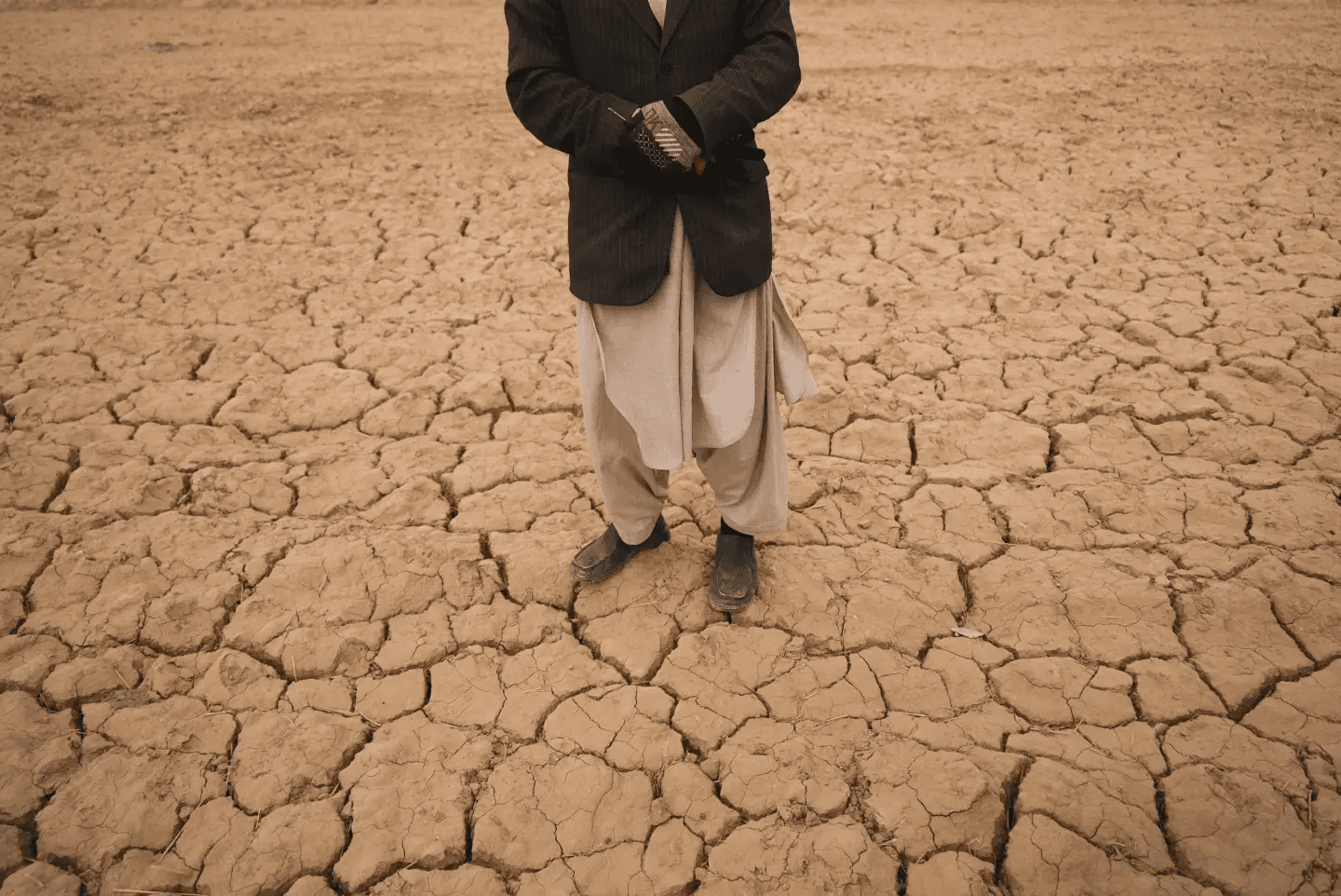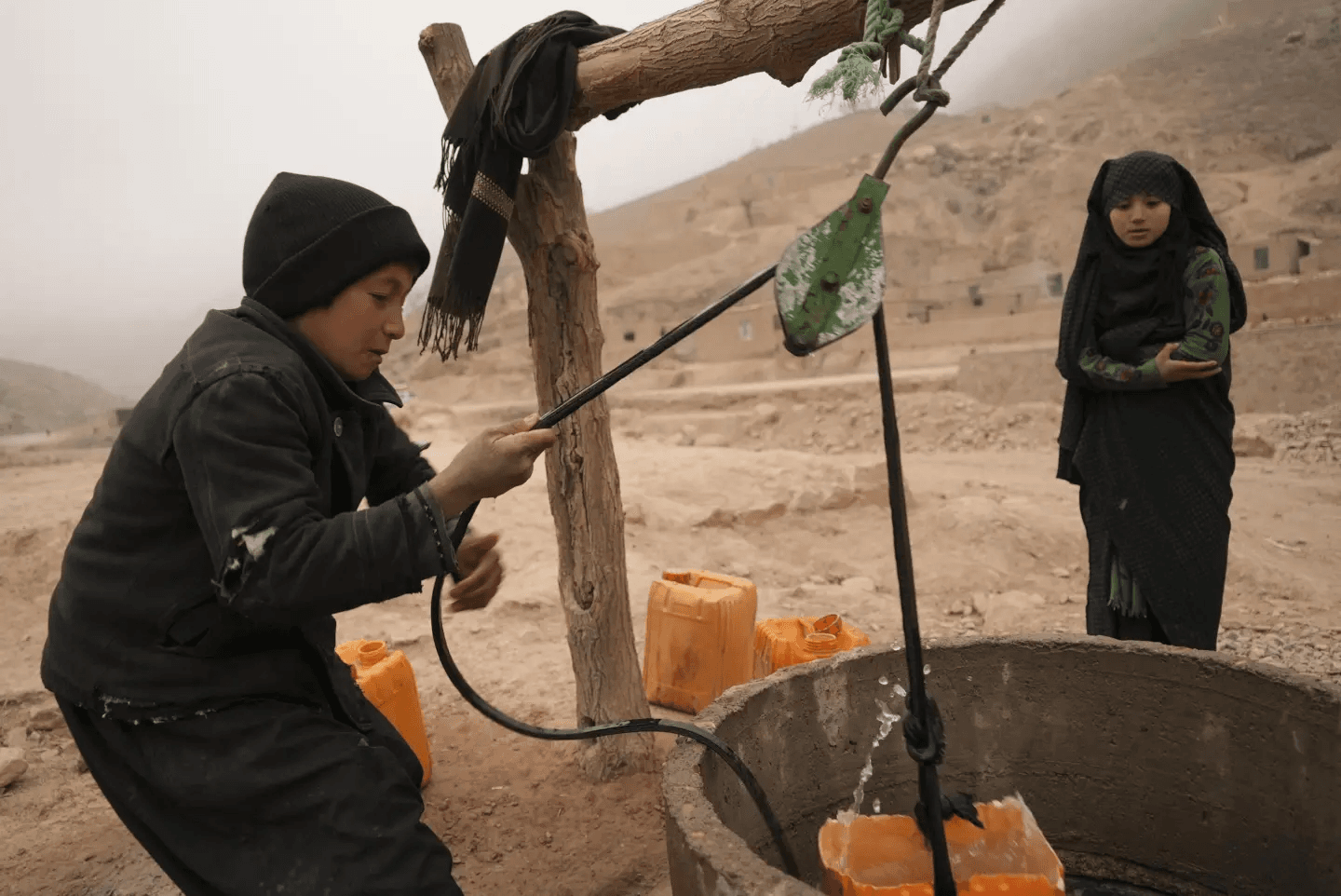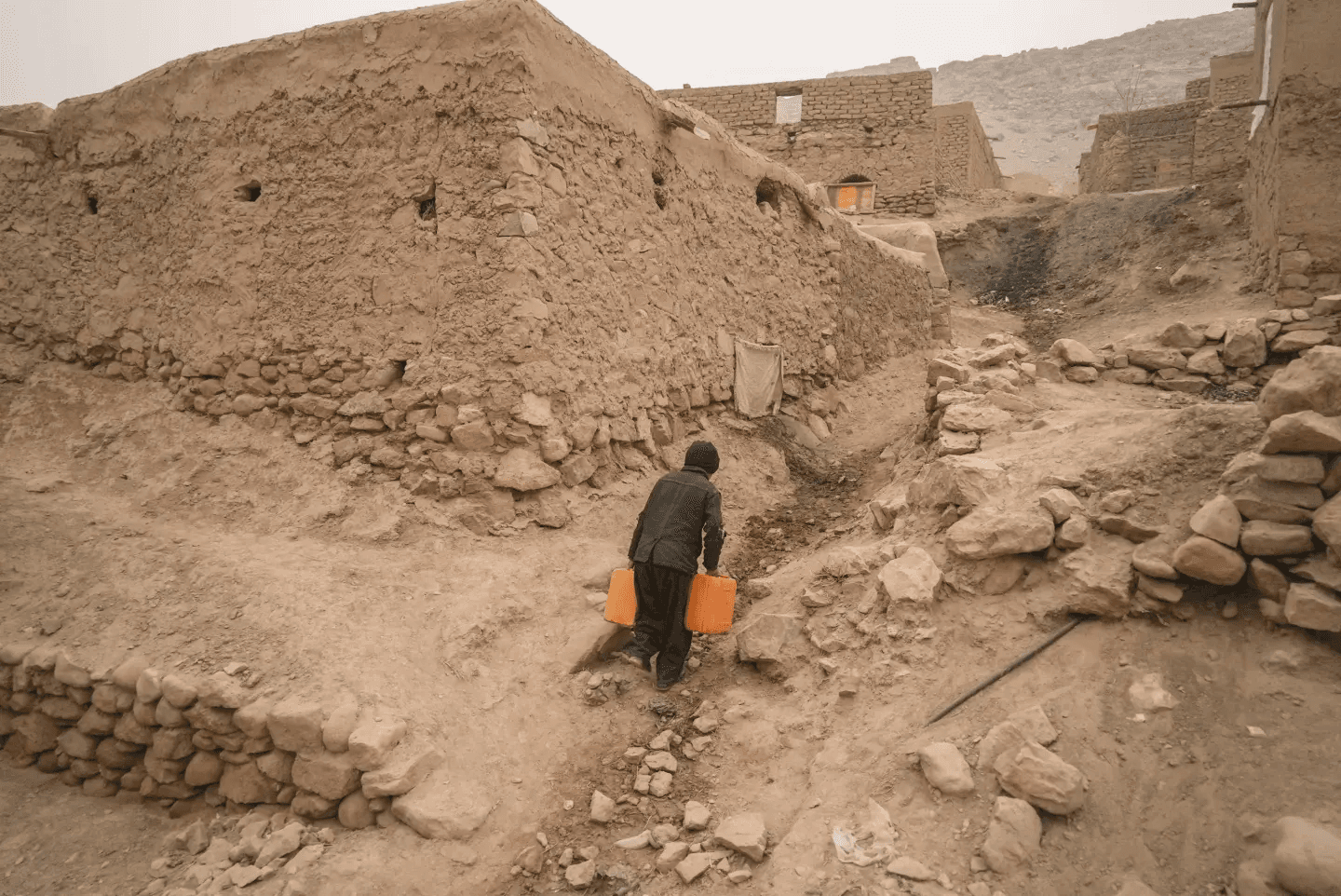Drought in Afghanistan : The biggest crises facing the southern region of Afghanistan.

Drought is one of the existential threats in recent years to the Afghan People.
August 04, 2024
Calammity in the face of us!
The ongoing drought in southern Afghanistan has proven to be a far greater challenge than initially anticipated. Provinces such as Kandahar, Helmand, Ghor, Badghis, and Herat are among the most severely affected. In these regions, access to clean, drinkable water is extremely limited, particularly for children, who are the most vulnerable to the effects of water scarcity. Additionally, farmers are facing significant difficulties as they struggle to find enough water to irrigate their crops. This dire situation has led to widespread health issues, with many children suffering from dehydration or illnesses caused by consuming contaminated water. Water is essential for sustaining life. Every living organism relies on water to survive, and without it, life cannot continue.

Biggest drought in the south of Afghanistan which is impacting lives of millions of people. Farmers and residents of the area are heavily influenced by this situation.
SRO In Action
The team of SRO was very quick to act when these earthquakes hit herat city. Rising funds for the people who have lost their home in the harsh earthquakes. Our activities consisted of :
Drought hit areas in Helmand Afghanistan. Nearly thousands of people are in lack of clean ans sufficient water.

SRO In Results
Addressing this crisis requires both immediate and long-term solutions, including the provision of emergency water supplies, the implementation of sustainable water management practices, and investment in infrastructure to ensure access to clean water for all. The future of Afghanistan’s southern provinces depends on the actions taken today to mitigate the effects of this severe drought. The team of S.R.O proposes a plan to build wells in these regions totally 100 wells are need to tackle with these problems. Each well benefitting 10 families or more living in the area In total 1000 families will be supported and get access to clean drinking water .